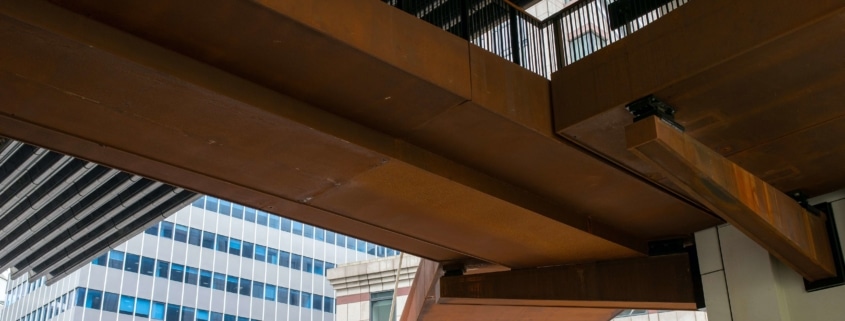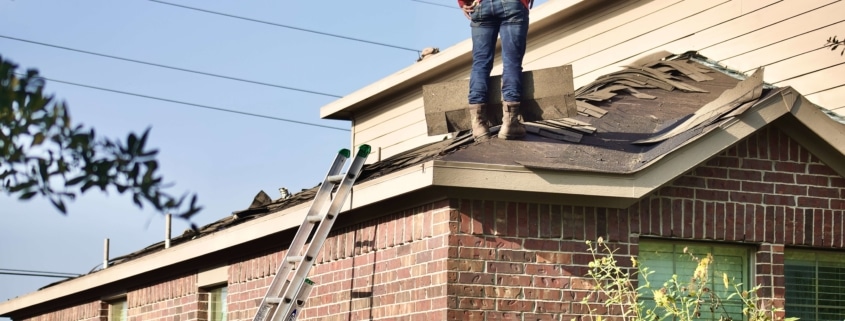As any architect can tell you, choosing the right construction materials is one of the earliest and most critical steps in any construction project. And, naturally enough, as the years pass, different materials will come in and out of popular favor. Recent years have seen zinc increasingly used in more and more construction projects around the world, and when one thinks about it, it’s hardly surprising why.
Zinc offers a wide array of benefits as a building material that make it an attractive choice, offering many of the same benefits as much more expensive metals like copper while still holding strict and distinct advantages over cheaper metals like stainless steel. This article will explore the principal reasons why zinc has taken off so much in recent years by examining its unique benefits.
Zinc Is Eco-Friendly
Zinc has several “Green” advantages over many of the other commercial metals used in construction. First of all, it’s an incredibly common element, ranking the 24th most commonly found in the Earth’s crust, which means that it can be found and mined in abundance.
Zinc also has several eco advantages in the smelting and manufacturing process as well. It has a lower melting point than aluminum or copper, which means that it requires less energy to melt down and refine. Additionally, zinc is close to 100% recyclable, which means that at the end of its service life (or just after a building has been demolished), old zinc sheets can be melted down and reforged into a new zinc sheet of almost the same size. This, in combination with its long service life, means that less zinc overall needs to be extracted from the Earth.
Zinc Has a Long Service Life
As we just mentioned, zinc has a long service life – due to the protective patina that zinc roofing and cladding will naturally form, it’s weatherproof, resistant to corrosion, antimicrobial, and resistant to UV radiation. All of this means that a zinc roof, if well maintained, can easily last for 100 years without needing to be replaced.
A zinc roof won’t need major repairs or anything more than very basic maintenance due to its patina. This protective outer layer makes the metal self-healing since, even when receiving minor scratches or damage over time, a fresh layer of patina will readily form over the damaged area. While there are other metals that offer the same benefit, zinc is generally a fraction of the price of more premium metals like copper.
Zinc Is Weatherproof
Similar to the last point, zinc is resistant to many corrosive weather elements. While a zinc roof in an environment rich with salt water won’t last as long as one in a drier climate, it still clearly outperforms stainless steel (its cheaper alternative) by a long shot. Zinc roofing and cladding also do well in heavily snowy environments.
Zinc is Flexible
One of its main advantages is that zinc is flexible both literally and figuratively. While zinc roofing is highly popular, it’s hardly the only use for this amazing metal. Zinc works well at any pitch between 5 and 90 degrees and, when rolled thin (around 0.7mm), it can be molded into a vast range of flowing curves, angles, and shapes. All of this means that zinc is an ideal metal not only for roofing but for cladding the entire outer envelope of a building.
In recent years, architects around the world have been taking advantage of this fact to create all sorts of imaginative, beautiful, and unconventional projects, able to be used on any project be it thoroughly modern, totally traditional, or anything in between. With a zinc structure, the architect’s imagination is their only limit!
Zinc is Beautiful
Last of all, it should not be left merely implied that zinc is simply an aesthetically pleasing metal. The clean, crisp, lines of a metal roof work just as beautifully in a modern aesthetic as they did in the earliest zinc roofs built in Europe in the 19th century.
From the natural black of the metal, to the subtle bluish color of its patina, to the vibrant range of colors that it can be given through painting and treatment, zinc can be used to create any kind of aesthetic, from traditional, to straight-laced modern, to bright and playful.
Taking Advantage of the Best
Indeed, the ever-increasing popularity and presence of zinc in the modern architecture landscape is hardly surprising. At MetalTech Global, we know from experience just how incredible this metal is, and with our state-of-the-art facilities, we are the most experienced in the country with manufacturing, designing, and engineering of zinc building enveloping systems.
As the premier manufacturer and distributor of zinc in North America, we are equipped with all the resources and know-how necessary to provide you with the finest possible zinc sheets and coils to complete your next building project.
Contact us today to learn how we can help you bring your next project to life with zinc.




